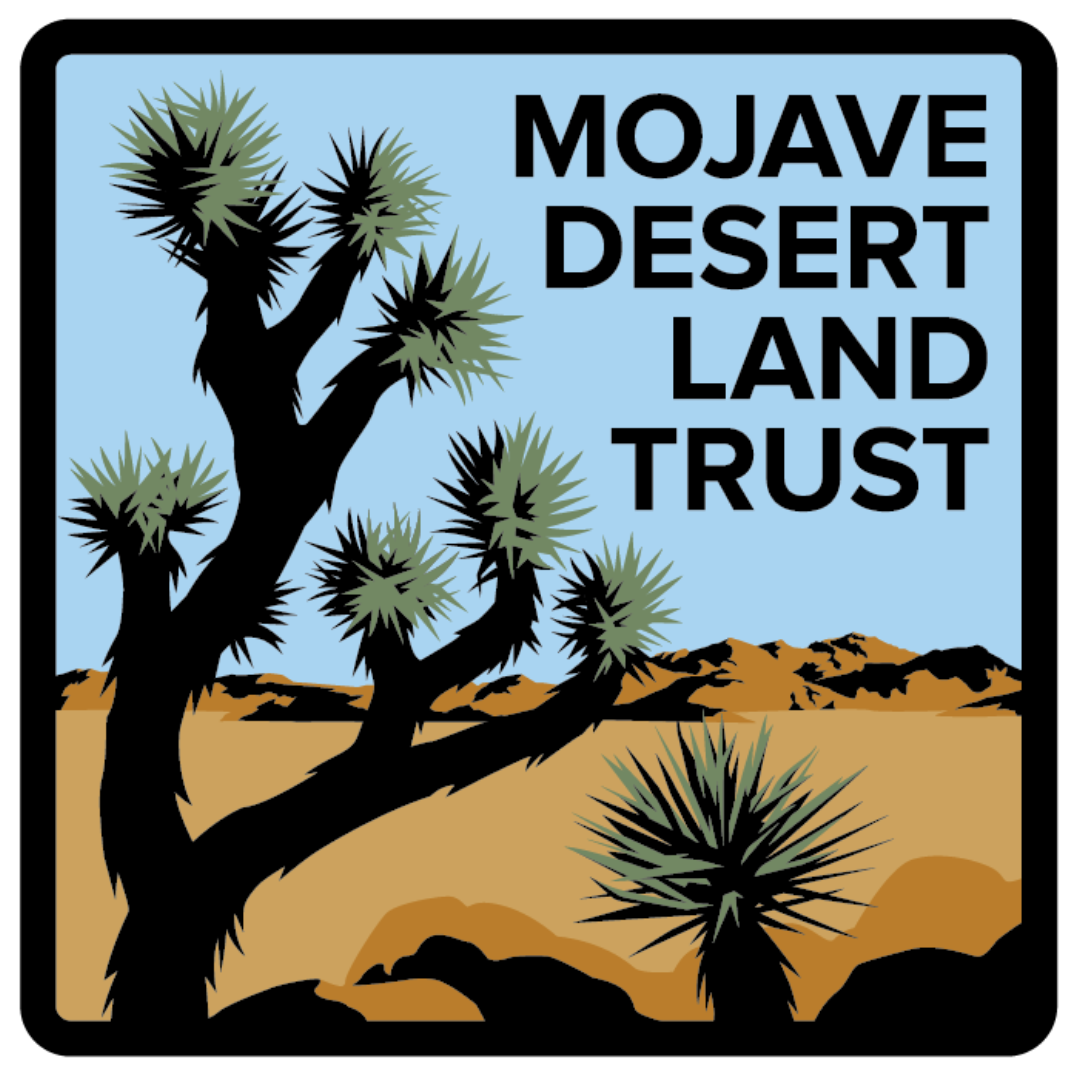Get weeding! Help manage invasive plants in the Mojave
The Mojave Desert is spectacular at all times of year, but springtime is especially abundant with wildflowers and other fresh sprouts. While seeing splashes of bright green amidst our sandy washes might seem like a sight for sore eyes, in actuality, not all of the greenery is beneficial. Some of these are invasive species that if left unchecked, can run rampant over the landscape, harming ecosystems and the animals who rely on the native flora for food.
When gardening in your little slice of desert paradise, you’ll want to pull the invasive weeds as soon as you notice them to help the native plants to thrive. How will you know the difference? Read on!
THE GOOD GUYS:
Checkered fiddleneck (Amsinckia tessellata) — A native annual in the Borage family with bristly leaves and stems that bloom in clusters of 5-petaled flowers arranged in a coil.
California mustard (Caulanthus lasiophyllus) — A native annual mustard with broad bright green leaves, white 4-petaled flowers, and seed pods that hang downward.
Western tansy mustard (Descurainia pinnata) — A native mustard with yellow 4-petalled flowers, lacy gray-green leaves, and small upward-curving seed pods shaped like hockey sticks. This is a host plant for at least 3 butterflies: the spring white caterpillar, pictured above (Pontia sisymbrii), the desert orange tip (Anthocharis cethura), and Becker’s white (Pontia beckerii).
THE BAD GUYS:
London rocket (Sisymbrium irio) — An invasive mustard with bright green lobed leaves; yellow 4-petaled flowers; and long, thin, straight seed pods that point upward at a 45 degree angle to the stem.
Sahara mustard (Brassica tournefortii) — The leaves of the basal rosette can be anywhere from 3 to 12 inches long and can look like a dandelion plant. The flowers are small, less than a quarter of an inch, with four oblong yellow petals in the shape of an X.
This one is especially detrimental, monopolizing any moisture in the soil before other plants can get it and forming seeds before other species do. It is invading our State and National Parks and wilderness areas on a widespread scale, causing economic impacts on the agencies and institutions trying to mitigate the spread, and it greatly reduces wildflower displays. As the foliage and flower stalks dry up, the litter material can become a fire hazard capable of spreading fire into areas where native plants are typically fire intolerant. It is causing quick destruction of desert habitat on an ecosystem-level scale.
Red brome (Bromus rubens) — A tufted annual grass with erect or ascending stems; characteristically reaching a height of 4 to 28 inches. It flowers March to May with purplish to reddish-brown dense tops. The highly-flammable nature of this grass provides plenty of fuel for wildfires to spread quickly. Red brome is especially harmful to the beloved (and threatened) desert tortoise; not only is it not as nutritious as the tortoises’ preferred native plants, but the barbed seeds can get stuck in their mouths and throats, leading to serious health issues by making it difficult for them to eat and potentially causing infection.
Mediterranean grass (Schismus barbatus) — A low-growing annual grass. Starts earlier than most other annual grasses in the Spring. Contributes to the conversion of desert shrubland into annual grassland by carrying fire across open areas, where they ignite and kill native shrubs.
How you can help!
We hope you’ll help defend the desert by learning the difference between the good and the bad. When pulling weeds, please bag them up to reduce the risk of seeds being scattered and throw the bag away. Not only will this free up space for native plants to flourish, but it also helps decrease fire risk by reducing the fuel load! In addition to proactive weeding, something to consider for the bird lovers out there is store-bought birdseed, most of which is comprised of non-native seeds that have not been sterilized. Since birds play a crucial role in spreading seeds, we recommend toasting your birdseed on a baking sheet at 300 degrees for 15 minutes to reduce the chance of germination — or check with your local pet shop to see if they have non-sprouting seed blends.
The Mojave Desert Land Trust protects the Mojave Desert ecosystem and its scenic and cultural resource values. Want to support our work? Become a member of the Mojave Desert Seed Bank or a volunteer!
Need more advice? Go to Cal-IPC.







